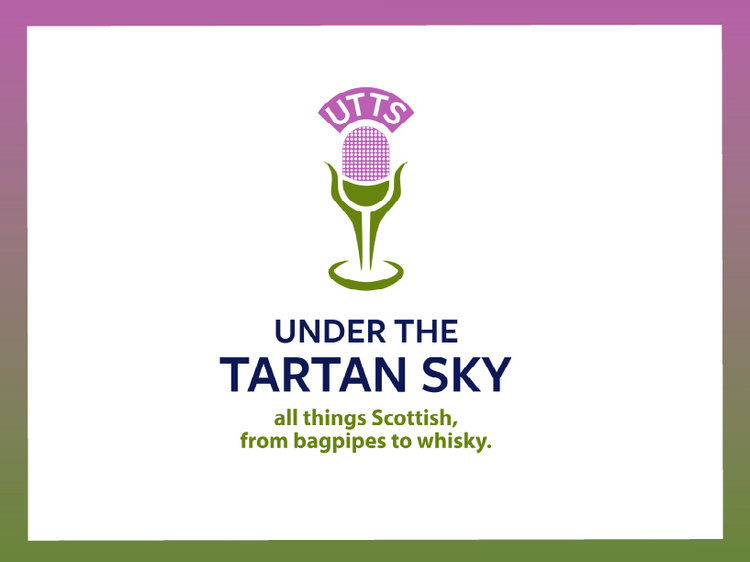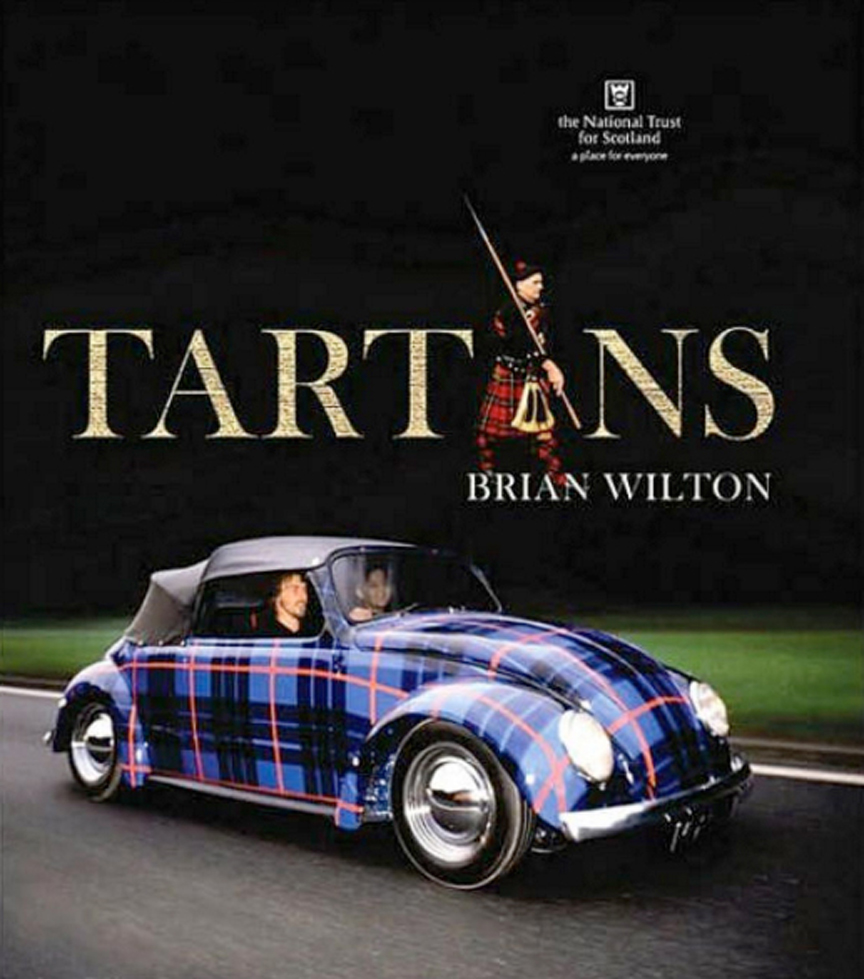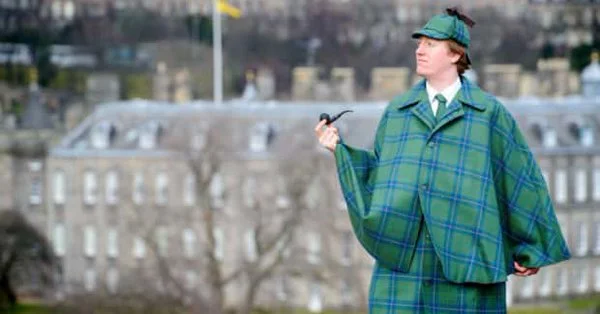Nothing says, "I'm Scottish!", like tartan. It's been called the world's greatest national icon. If you want to tell the world you're Scottish, or of Scot descent, simply wear something tartan.
Tartan is most often thought of as a fabric, but it is in fact, a design - a maximum of six colors, crossing at right angles to create a checkered pattern of varying color shades and line and band width. Tartan is thought by most to be Scottish, but its origins trace to the ancient Celts who flourished in the 8th to 6th centuries BC. The oldest examples of tartan textiles found to date were on Celt mummies in Western China.
If you want to learn about tartan there is no better source than the Scottish Tartans Authority. Their website contains the world's leading and most extensive database on the nearly 6,000 known tartans. The Authority's Brian Wilton, MBE, past Director and now Consulting Director, is one of the world's leading experts on tartan. He is also one of the world's leading tartan designers and is Managing Director of his own tartan design firm, Tartan Ambassador, LTD.
Wilton has designed tartans for clients including Brooks Brothers, Saks Fifth Avenue, the American Scottish Foundation and the 2014 Ryder Cup. His is most often known simply as Scotland's "Tartan Ambassador." For "Under The Tartan Sky", Wilton shared his knowledge of tartan, including:
ORIGIN:
Tartan arrived in Scotland with the migrating Celts of central Europe. The original tartans would have been muted and muddled in color, thanks to the organic dyes used. The choice of colors used was driven more by what organic dye material was available to the local weaver. Thus tartans were first symbolic of a region of Scotland long before they were identified with specific clans.
The Highland Soldier of 1744 http://creativecommons.org/licenses/by-sa/3.0/
HISTORY:
The Act of Proscription of 1746 banned the wearing of tartan by highlander men and boys as a part of the government's efforts to disarm the highland clans. A generation later, the Act of 1746 was repealed (in 1782). Highland military regiments were first to be allowed to once again wear tartan. The first such "government" tartan was a derivative of the Campbell tartan, known as the "Black Watch" tartan. Today the "Black Watch" and the "Royal Stewart" tartans are considered the two most popular tartans in the world.
The "Black Watch" tartan was the first to be reintroduced with the 1782 repeal of the Act of Proscription of Highland Garb
POPULARITY:
The spread of tartan from the highlands throughout Scotland was no doubt spurred on by the Royal Visit of King George IV in 1822 who appeared (thanks in part to the urging of Sir Walter Scott) bedecked from head to toe in the Royal Stewart tartan. This may well have been the beginning of tartan's growth and acceptance as Scotland's national dress.
Today there are near 6,000 tartans registered with the Scottish Tartans Authority with more appearing every day! Literally anyone can design their own tartan using online software programs or professional designers. And, despite their designated clan affiliation, anyone can wear any tartan. There are no rules stipulating otherwise. Today there are ceremonial tartans, fashion tartans, commemorative tartans, corporate tartans, and individual tartans.
The "Royal Stewart" tartan, worn by King George IV on his royal visit to Scotland in 1822 is perhaps the most popular tartan in the world.
THE FUTURE:
With hundreds of new tartans appearing annually, Wilton is a leading proponent of using "design elements" associated with the individual, event, or organization he is designing for to give the tartan a "soul." An example of this is the tartan he designed for Brooks Brothers taking inspiration from Fred Astaire who always purchased his ties there.
The official "Brooks Brothers" tartan is but one of many designed by Brian Wilton, MBE, Scotland's Tartan Ambassador.
This "Scottish Declaration of Independence, Arbroath, 1320" tartan was designed by Stephen Patrick Sim in 2014 as a commemorative tartan. It draws on many design elements including the Scottish Lion Rampant royal standard and the Saltire. It is now available in a variety of products. (See link below)
The "Fifty Six" tartan was designed by Scottish National Party member Billy Scobie to salue their recent phenomenal electoral victory. It too draws on the gold and red of the Lion Rampant, the blue and white of the Saltire, and the purple and green of heather and the Scot landscape. To date, this tartan has not been woven.
Tartan is a design, not a fabric, and can be applied to a variety of uses, including vinyl vehicle wraps, as evidenced by the cover of Wilton's definitive reference book on Tartans.
The tartan industry is a huge contributor to Scotland's national economy yet visitors are often shocked to learn there is no national archive, museum, library, or tourist attraction dedicated to the study and preservation of tartan. Indeed, it is thought that many of Scotland's original tartans may have been lost to history because of the Act of 1746. Now, after 20 years of discussion, Wilton says progress is at last being made, thanks in part to the current political persuasion of the Scottish Government. He is hopeful such a center might indeed open its doors by 2018. We hope so too!
•What's Your Tartan? (STA searchable database)
•The Declaration of Arbroath or Scottish Declaration of Independence Tartan
•The Fifty Six tartan to honor the SNP (news story)
•Tartans by Brian Wilton (the book)



















Tartan is a cultural icon of Scotland. Traditionally it is a patterned woven cloth, typically wool, that consists of criss-crossed bands of color both vertically and horizontally creating a distinctive pattern of squares and lines. Today tartan is no longer limited to textiles – the term has come to mean the pattern itself as much as a cloth and one Glasgow artistan is proving this by creating dazzling tartan inspired designs using fused glass.